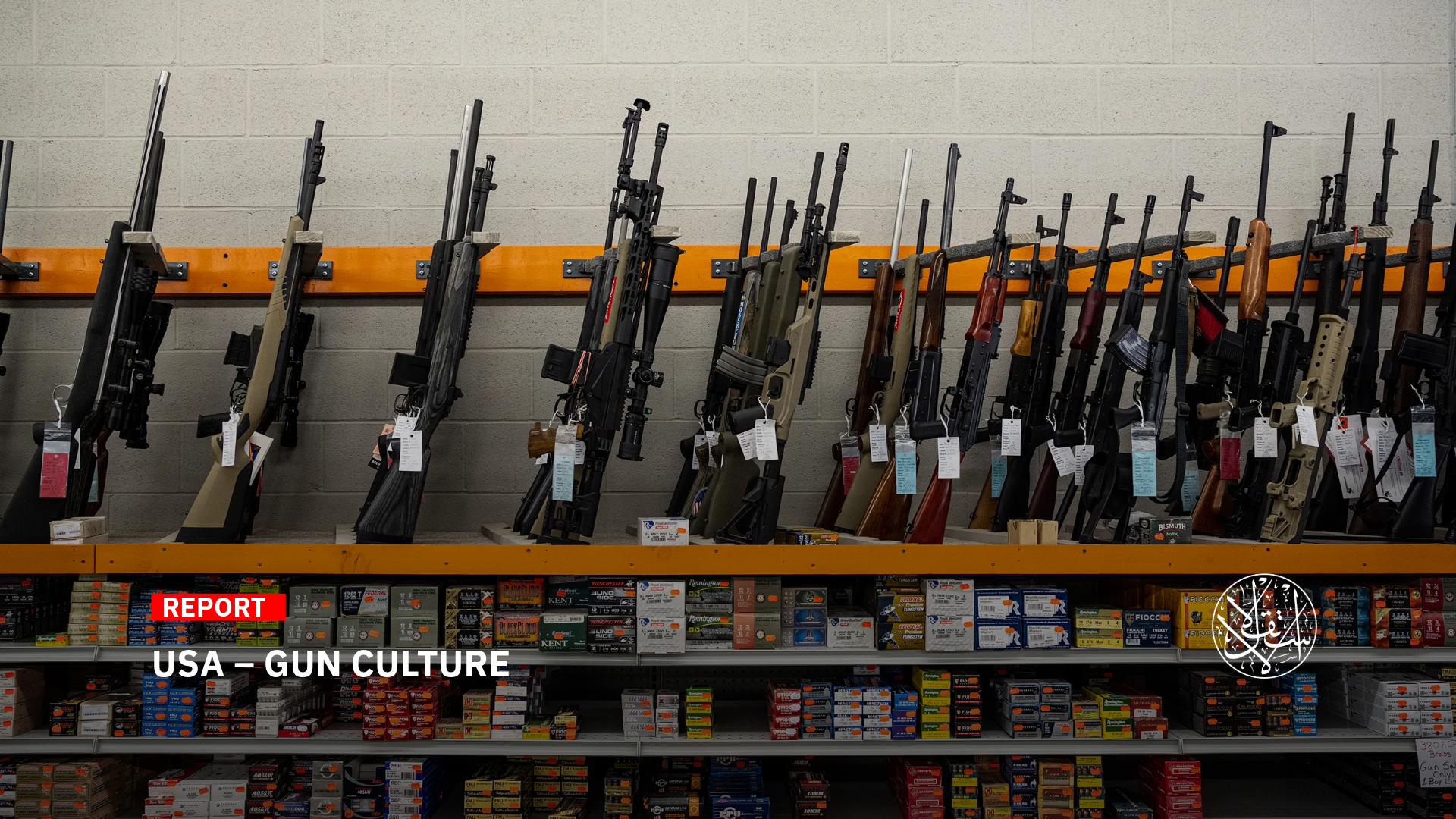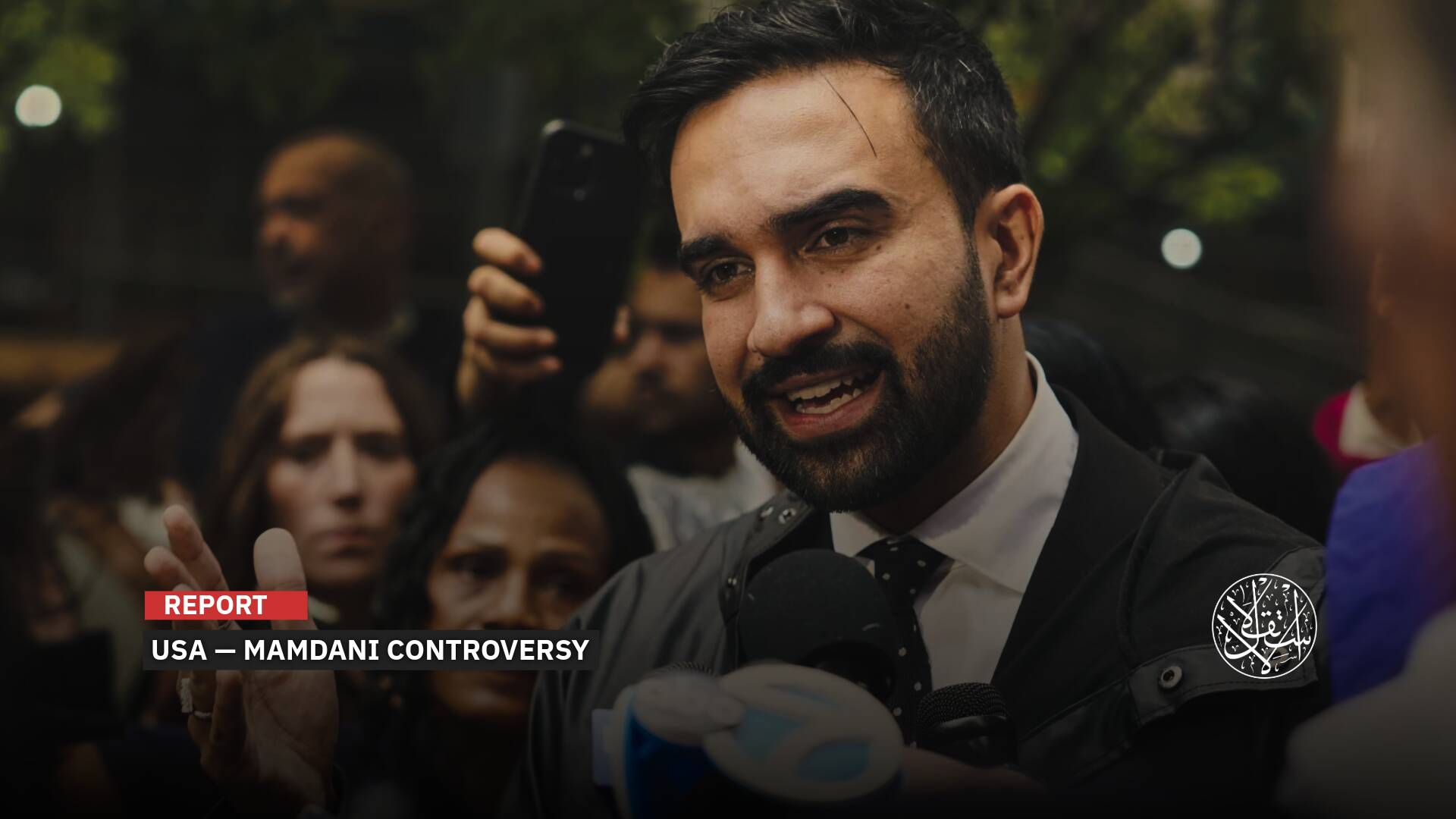This Is How the Phenomenon of Carrying Weapons Is Rampant in American Society

“The gun industry has experienced exponential growth over the past two decades.”
According to a recent government report, U.S. firearms manufacturers have produced a staggering 139 million guns for the commercial market over the past two decades, with 11.3 million manufactured in 2020 alone.
The report also highlights the import-export disparity: while 71 million firearms were imported during the same period, only 7.5 million were exported.
This abundance of personal weapons has contributed to a surge in gun violence, homicides, and suicides, as outlined by the Justice Department.
Interestingly, Americans have shown a preference for semi-automatic 9mm pistols, which are increasingly affordable, user-friendly, and accurate. Such pistols are similar to those commonly used by law enforcement.
The report also sheds light on the rise of unregistered “ghost guns”: firearms assembled at home using online-purchased parts and 3-D printers.
These homemade weapons, along with powerful short-barreled rifles, pose a similar threat to the semi-automatic assault rifles often associated with mass shootings.
Deputy Attorney General Lisa Monaco emphasized the importance of data-driven efforts to combat violence.
She stated, “We can only address the current rise in violence if we have the best available information and use the most effective tools and research to fuel our efforts.”
“The Department remains committed to understanding the key drivers of gun violence and removing dangerous individuals from our streets,” Monaco added.
Early Roots
The roots of American gun ownership trace back to the earliest years of European colonization on the American continent.
As settlers displaced Indigenous communities and claimed the land, possessing hunting skills and firearms became essential for survival.
Today, this cultural connection to weaponry persists, despite the waning of the nomadic and hunting lifestyle of early Americans.
Political analyst Basel Reda sees that drawing on sociologist Zygmunt Bauman’s metaphors, we find that modern civilization, with America at its heart and forefront, remains steeped in a hunting ethos.
“In the past, civilization pruned only strange, abnormal weeds, selectively removing obstacles. However, contemporary Western society takes a more aggressive approach. Like an overzealous gardener, it cuts down everything in sight, hunting metaphorical birds that alight on its farm,” Reda said to Al-Estiklal.
America, in particular, exemplifies this behavior on the global stage. The owner of our metaphorical farm—our civilization—shows little concern for collateral damage.
According to Reda, entire landscapes may be transformed into commercial ventures, disregarding the consequences. The culture of modern man, then, revolves around relentless pursuit and elimination.
The widespread phenomenon of gun ownership among Americans reflects this ethos. “Whether Bedouin or urbanite, both share a common thread: they possess weapons and are prepared to use them. Bauman’s model suggests that owning firearms symbolizes readiness to eliminate any threat that crosses one’s path,” Reda added.
“In the United States, the legacy of guns endures—an emblem of survival, power, and the ever-present hunt,” he concluded.

Firearms Violence
In the aftermath of a harrowing weekend in late May 2022 marked by violence, the impact of America’s gun surplus has become starkly evident.
Across different states, tragic incidents unfolded: an 18-year-old white man fueled by racist hatred used an assault rifle to kill 10 African Americans in Buffalo, New York; in Laguna Woods, California, a gunman targeted a church frequented by Taiwanese, leaving five people wounded; and in Milwaukee, Wisconsin, more than 20 individuals were injured in downtown shootings.
The Centers for Disease Control and Prevention (CDC) released a report highlighting an unprecedented surge in gun deaths during 2020.
The numbers are staggering: 19,350 firearm homicides, a nearly 35% increase over 2019, and 24,245 gun suicides, up by 1.5%. The firearm homicide rate reached 6.1 per 100,000 inhabitants, the highest in over 25 years.
The CDC attributes this rise to a combination of factors, including the stresses of the Coronavirus pandemic and poverty. Meanwhile, the gun industry has experienced exponential growth over the past two decades.
In 2000, there were 2,222 registered active manufacturers; by 2020, that number had skyrocketed to 16,936.
Annual commercial gun production also surged, reaching 11.3 million in 2020 (up from 3.9 million in 2000), although it declined slightly from the peak of 11.9 million in 2016.
Notably, pistols dominated the market in 2020, accounting for almost half of all sales. This represents a significant shift since 2000 when they held a smaller share. Approximately 5.5 million pistols and nearly a million revolvers entered circulation that year.
While firearms from official manufacturers bear serial numbers for traceability by law enforcement, there is growing concern about “ghost guns.”
These homemade firearms lack markings and are increasingly linked to criminal activity. In 2021, officials recovered 19,344 such guns, compared to just 1,758 five years earlier.
In April 2023, President Joe Biden announced a crackdown on “ghost guns,” pushing back against pro-gun advocates who labeled his proposals as “extreme.”
Defending his stance, Joe Biden emphasized that protecting police officers and children is a matter of basic common sense.
This new report marks the beginning of a comprehensive four-volume study on gun markets and illegal trafficking.

Political Dispute
Gun violence, a pervasive issue in American society, remains a deeply divisive topic, positioning gun control advocates against staunch defenders of the right to bear arms.
Examining the data reveals alarming trends in firearms-related incidents across the U.S.
According to the Gun Violence Archive, there have been over 630 mass shootings in 2023 alone, each defined as an event where four or more individuals are injured or killed.
These incidents span both private residences and public spaces. For the past three years, the number of mass shootings has consistently exceeded 600 annually, averaging almost two per day.
The most devastating of these is the 2017 Las Vegas shooting, which resulted in over 50 deaths and 500 injuries, though most mass shootings result in fewer than 10 fatalities.
In 2021, gun-related injuries claimed 48,830 lives in the U.S., based on data from the CDC, marking an almost 8% increase from the record-breaking numbers of 2020.
While mass shootings and homicides draw significant media attention, over half of the 2021 gun-related deaths were suicides.
Homicides accounted for more than 20,000 deaths that year, underscoring that over 50 people are killed by firearms daily in the U.S.
This contrasts sharply with other nations; nearly 80.5% of U.S. homicides involve firearms, compared to 40% in Canada, 11% in Australia, and just 4% in England and Wales.
Public opinion on gun control reveals a nation divided. According to Gallup, 57% of Americans support stricter gun laws, although this figure has declined recently.
Meanwhile, 32% believe current laws should remain unchanged, and 10% advocate for less stringent regulations.
The debate is starkly polarized along partisan lines: approximately 91% of Democrats support stricter gun laws, compared to only 24% of Republicans and 45% of independent voters.
In response to the ongoing crisis, some states have enacted stringent regulations on assault weapon ownership.
California, for example, has implemented a comprehensive ban on assault weapons, with limited exceptions, reflecting the varied legislative landscape across the country.










